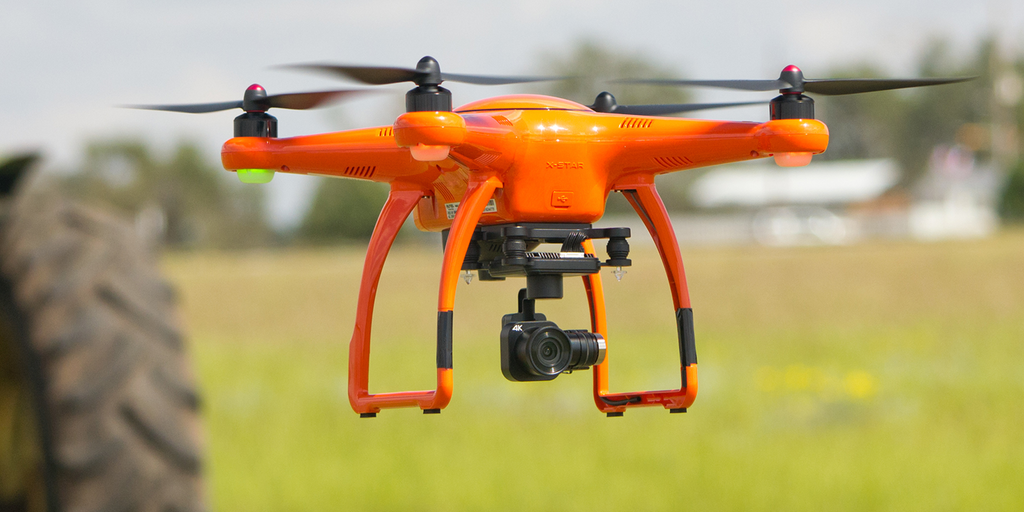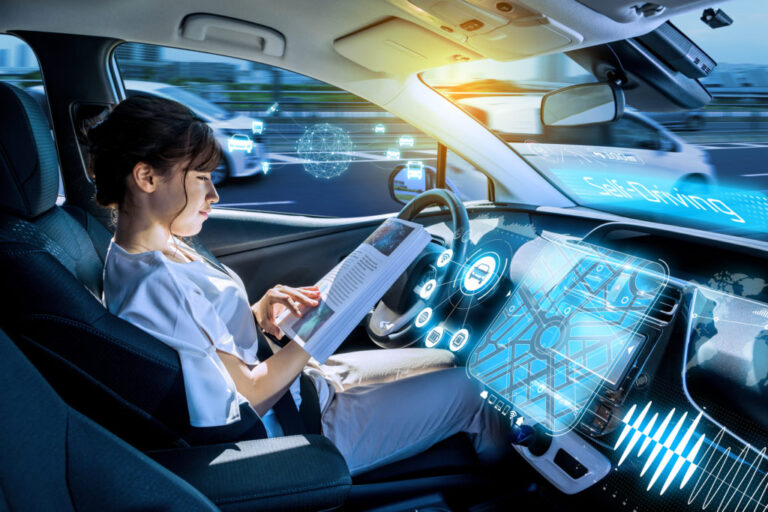Autonomous drones represent a groundbreaking advancement in unmanned aerial vehicle (UAV) technology, capable of performing tasks independently with minimal human intervention. This article explores the fundamentals, applications, benefits, challenges, and future trends of autonomous drones, highlighting their transformative impact across various industries and sectors.
Fundamentals of Autonomous Drones
Autonomous drones are UAVs equipped with sensors, GPS, navigation systems, and AI algorithms that enable them to operate and make decisions without direct human control. Key components include:
- Sensors and Perception Systems: Cameras, LiDAR, radar, and other sensors for detecting obstacles, mapping environments, and gathering real-time data.
- Navigation and Localization: GPS, inertial navigation systems (INS), and computer vision for precise positioning, route planning, and obstacle avoidance.
- AI and Machine Learning: Algorithms for autonomous decision-making, object recognition, path planning, and adapting to changing environments.
- Communication and Control: Wireless communication systems for remote monitoring, control, and data transmission between drones and ground stations.
Applications of Autonomous Drones
- Agriculture: Monitoring crop health, spraying pesticides, planting seeds, and assessing soil conditions to optimize yields and reduce labor costs.
- Delivery Services: Autonomous delivery of parcels, medical supplies, and humanitarian aid to remote or inaccessible areas, improving logistics efficiency.
- Infrastructure Inspection: Inspecting bridges, pipelines, power lines, and buildings for maintenance, detecting defects, and assessing structural integrity.
- Mapping and Surveying: Creating high-resolution maps, 3D models, and terrain surveys for urban planning, disaster response, and environmental monitoring.
Benefits of Autonomous Drones
- Increased Efficiency: Performing repetitive tasks faster and more accurately than manual methods, reducing operational costs and enhancing productivity.
- Enhanced Safety: Minimizing risks to human operators by autonomously navigating hazardous or inaccessible environments, such as disaster zones or industrial sites.
- Data Collection and Analysis: Gathering real-time data and actionable insights through sensors and AI analytics for informed decision-making and predictive maintenance.
- Environmental Impact: Reducing fuel consumption and emissions compared to manned aircraft or ground vehicles, promoting sustainable practices in industries like agriculture and logistics.
Challenges in Autonomous Drones
- Regulatory Compliance: Navigating airspace regulations, privacy concerns, and safety standards imposed by aviation authorities for safe integration into national airspace.
- Reliability and Durability: Ensuring robust performance in various weather conditions, maintaining hardware integrity, and preventing system failures during critical operations.
- Security Risks: Protecting against cyber threats, unauthorized access, and potential misuse of autonomous drone technology for malicious purposes.
- Public Perception: Addressing public concerns about privacy, noise pollution, and the ethical implications of widespread drone deployment in urban and rural areas.
Future Trends in Autonomous Drones
- Swarm Technology: Coordinating fleets of autonomous drones to work collaboratively on large-scale tasks such as search and rescue missions or environmental monitoring.
- AI Advancements: Enhancing AI capabilities for autonomous decision-making, adaptive learning, and real-time response to dynamic environments.
- Edge Computing: Processing data locally on drones or edge devices to reduce latency, improve data security, and enable faster decision-making without relying heavily on cloud infrastructure.
- Interoperability and Standardization: Establishing common protocols and communication standards to facilitate seamless integration of autonomous drones with existing infrastructure and systems.
Conclusion
Autonomous drones represent a paradigm shift in aerial technology, offering unprecedented capabilities for automation, data collection, and operational efficiency across diverse industries. As technology continues to evolve and regulatory frameworks mature, addressing challenges related to safety, security, and public acceptance will be crucial for realizing the full potential of autonomous drone applications. By harnessing innovations in AI, sensor technology, and robotics, autonomous drones are poised to revolutionize industries, drive economic growth, and advance societal benefits in the decades to come.





+ There are no comments
Add yours